I’ve been intending to write this post for quite some time now simply for the purpose of exploring the methods of some of my favorite artists. Recently on Facebook, however, I saw a lively discussion on what I’d come think was a pretty dead topic: photo reference. I was genuinely surprised to see that there are still people who argue that painting or drawing with the aid of photography is unethical or harmful. My optimistic nature had assumed this hangup had been washed away by years of online discussion, tutorials, and process videos.
I understand we all grow up with romantic ideas about how artists create, or what makes an artist an artist in the first place. After all, for many years it had been a very private and mysterious thing. The insecurities that these childhood notions plant can also lead to artists feeling shy about sharing their methods for fear of being labeled “cheater” or “hack” which, unfortunately, only reinforces those insecurities in the young artists who will follow. Since painting is a very solitary act, it is very easy to be secretive about things like this, so I have huge respect and appreciation for those who have been willing to help dispel these attitudes by revealing their own references.
Of course, it’s worth mentioning that there are a number of artists who have trained themselves to work purely from memory (Kim Jung Gi is almost too good of an example here). And there are plenty, mostly if not entirely in fine art, who dislike photography and choose instead to work from life. That’s wonderful, and I encourage any artist to use whatever tools, materials, and process that gives them the result they need while also being satisfying and engaging.
If you hesitate or feel a pang of guilt when the subject of photo reference comes up, however, take a look through this selection of artists who were confident enough in their ability to pull back the curtain. And if you don’t feel that pang, then simply enjoy comparing the methods of some really fantastic painters and draftsmen:
 |
| James Bama |
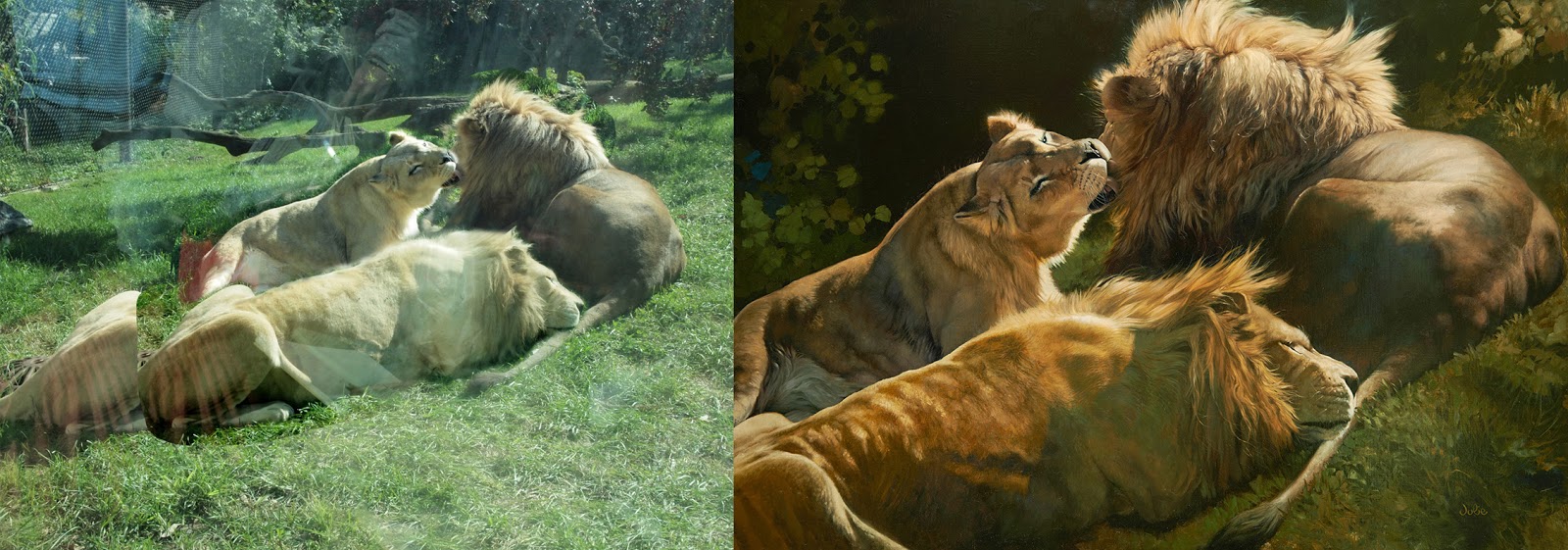 |
| Julie Bell (reference composite made from multiple photos) |
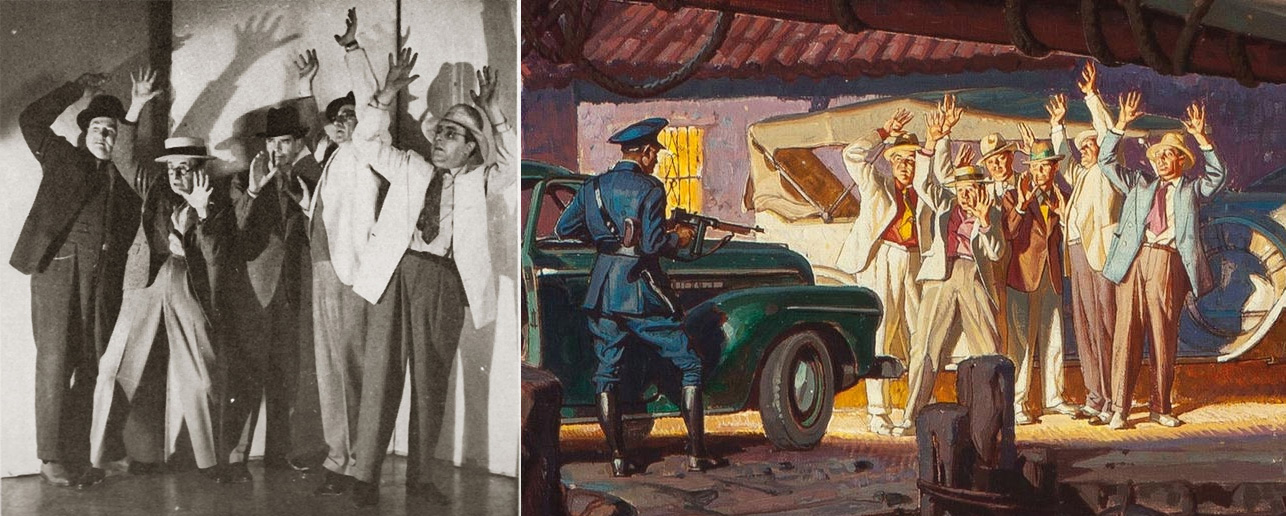 |
| Dean Cornwell |
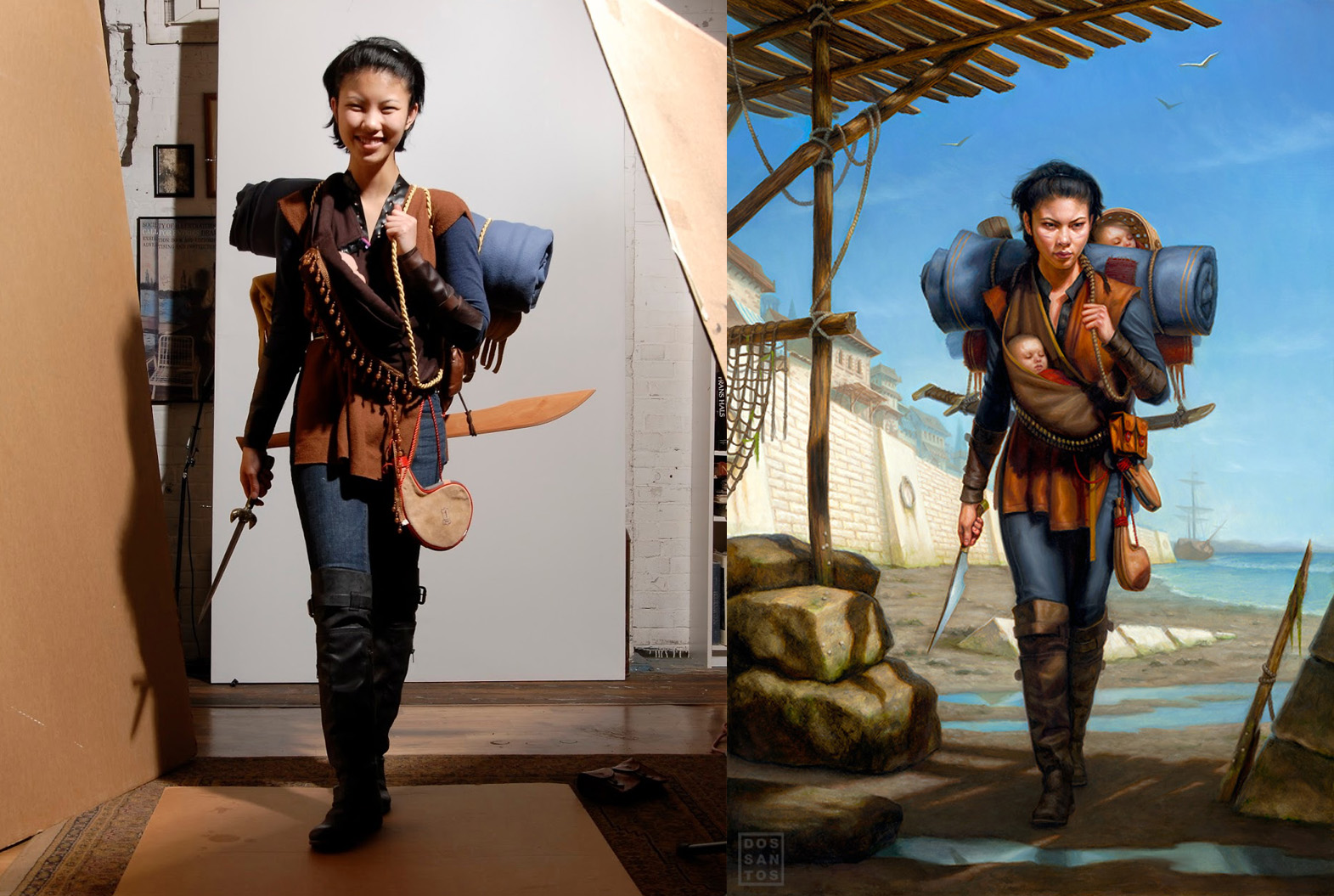 |
| Dan Dos Santos |
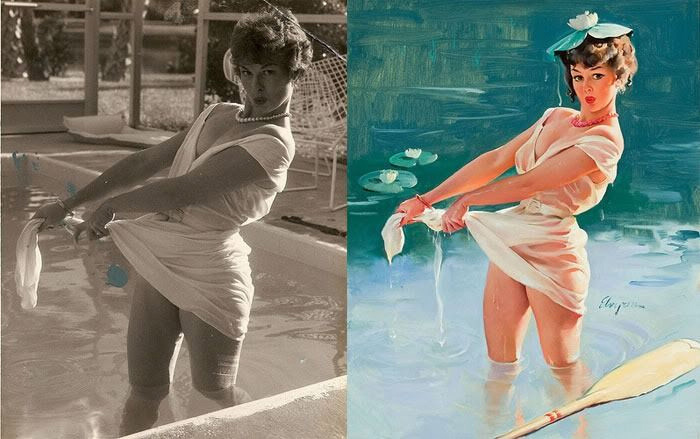 |
| Gil Elvgren |
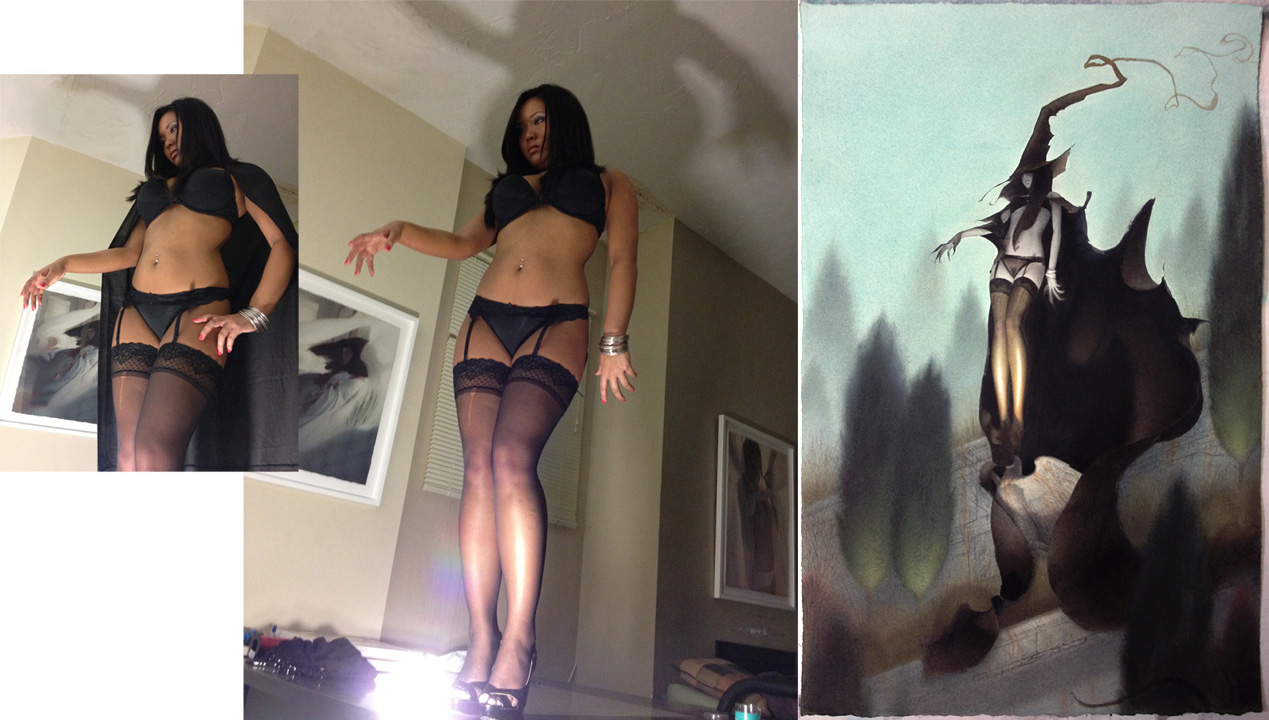 |
| Eric Fortune |
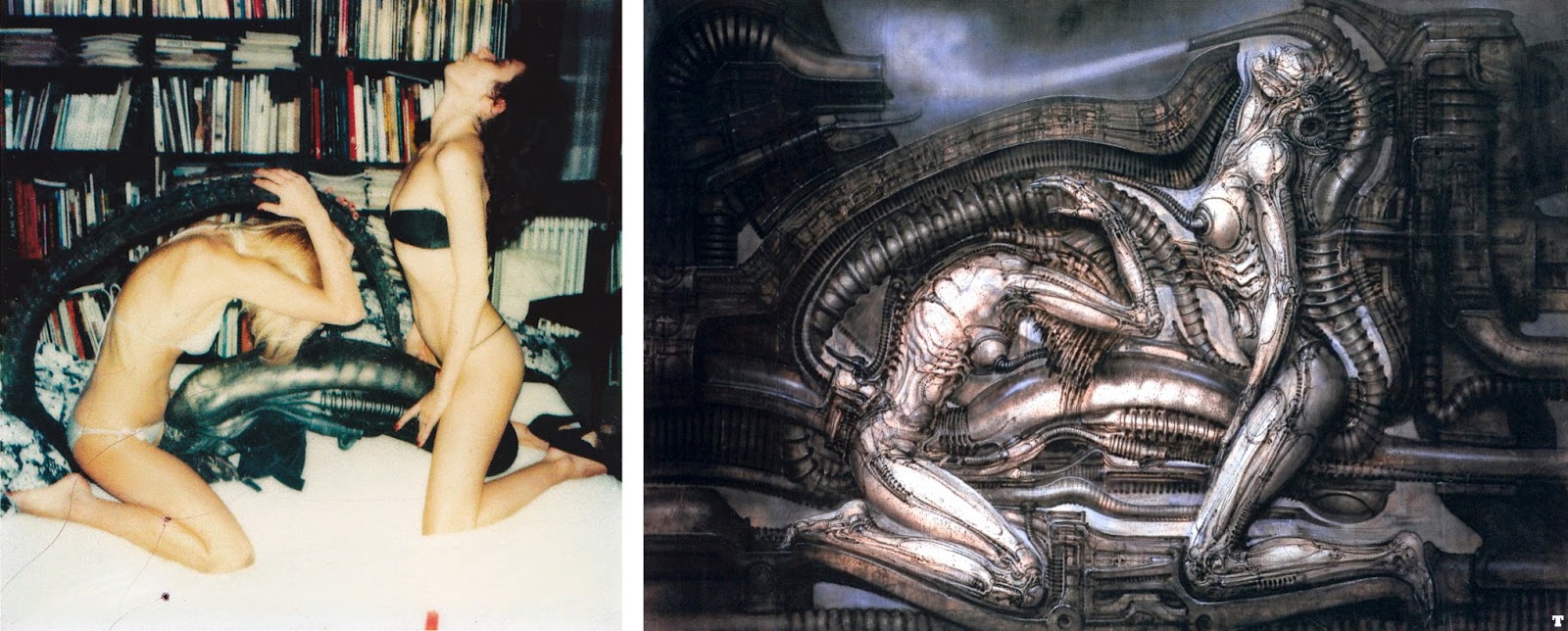 |
| H.R. Giger |
 |
| James Gurney |
 |
| Adam Hughes |
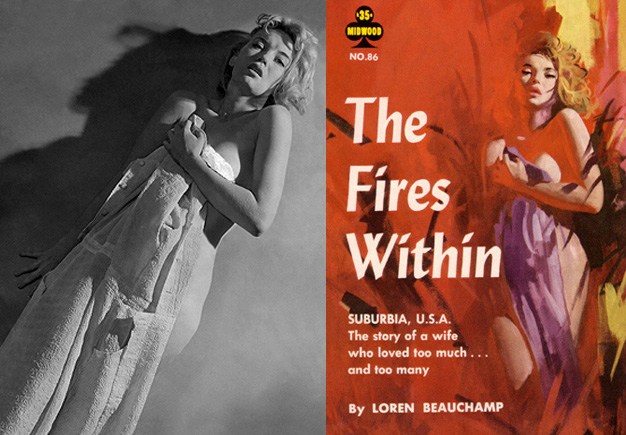 |
| Robert Maguire |
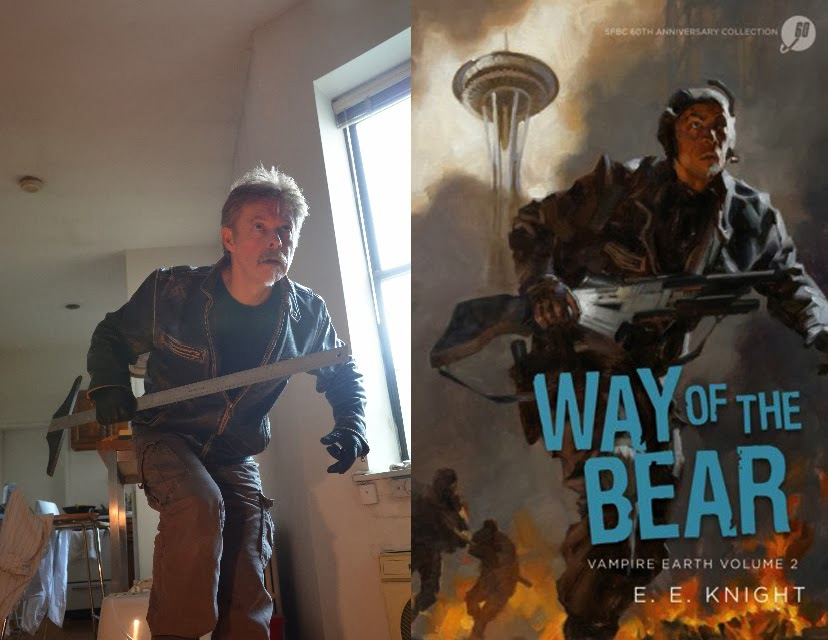 |
| Greg Manchess |
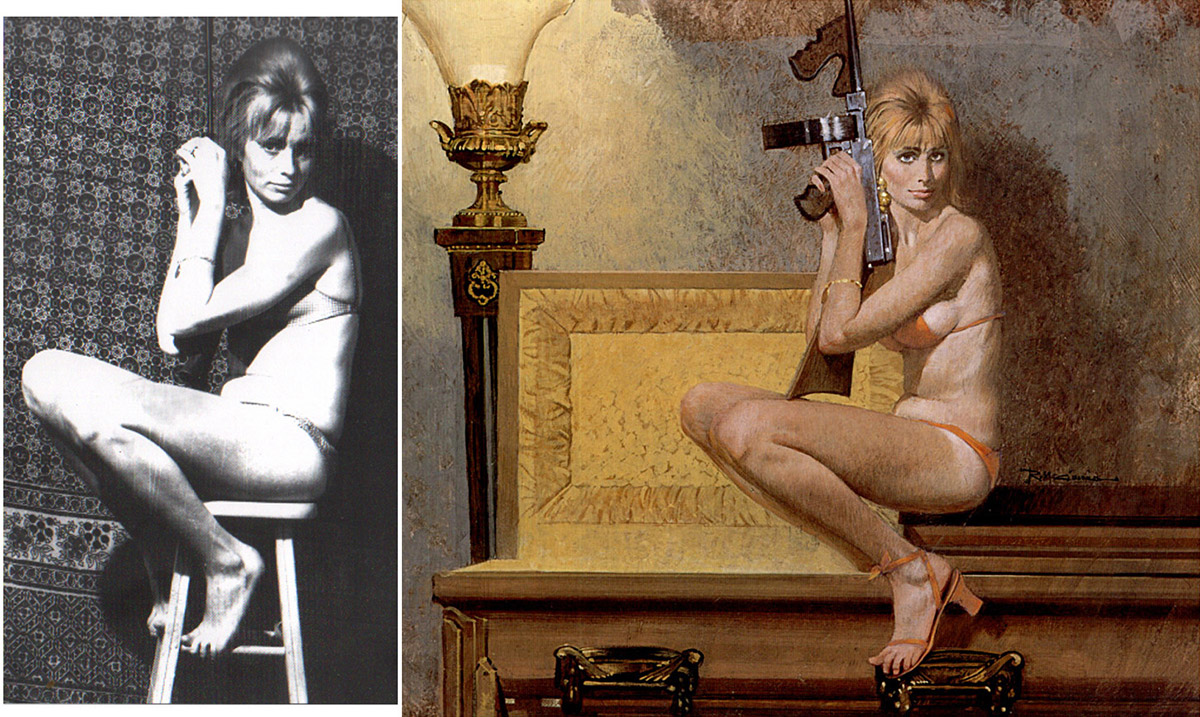 |
| Robert McGinnis |
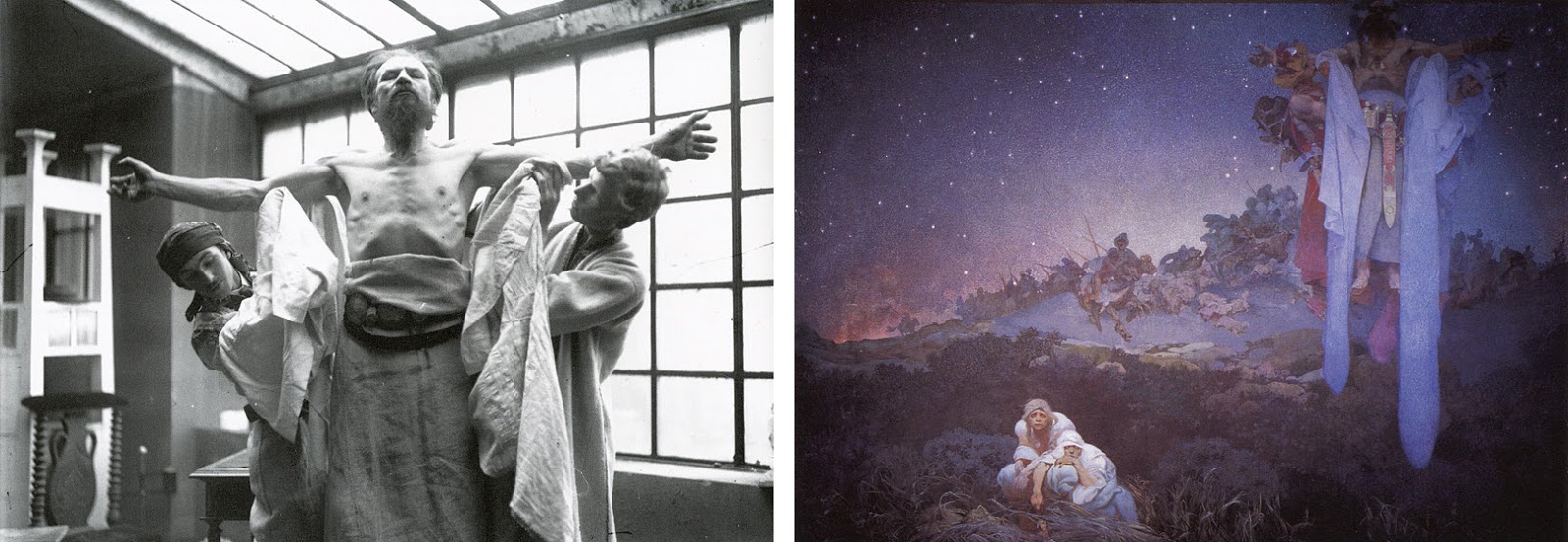 |
| Alphonse Mucha |
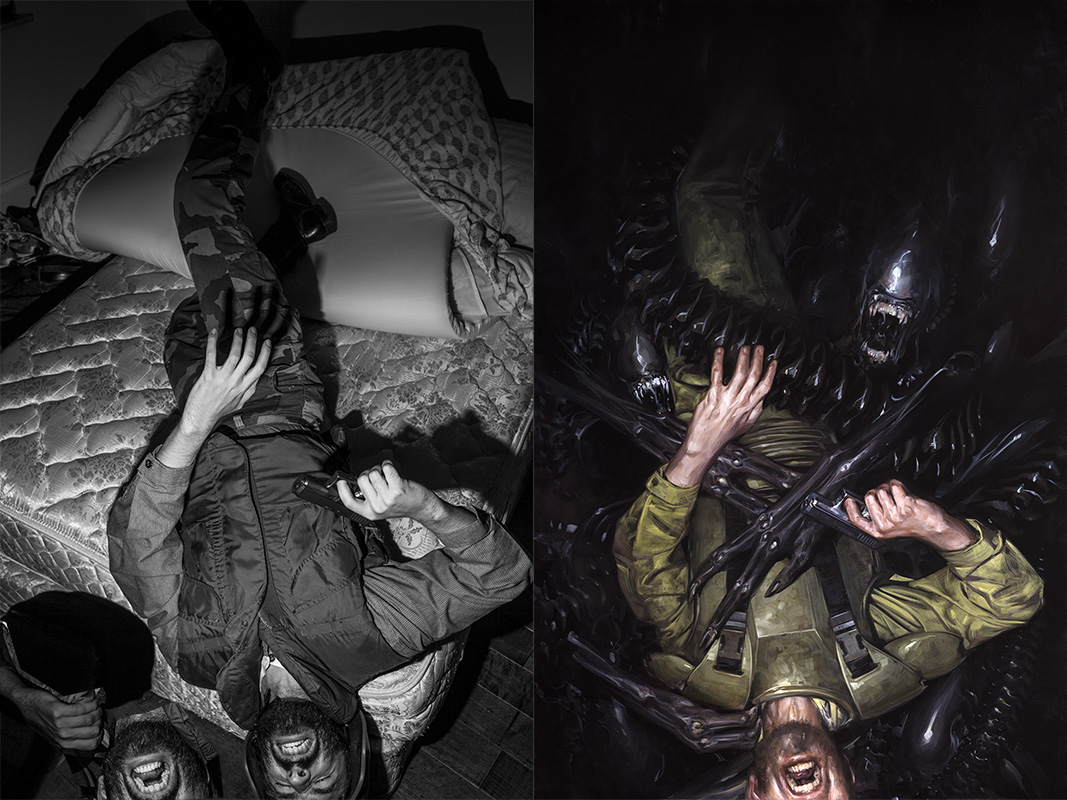 |
| David Palumbo |
 |
| Maxfield Parrish |
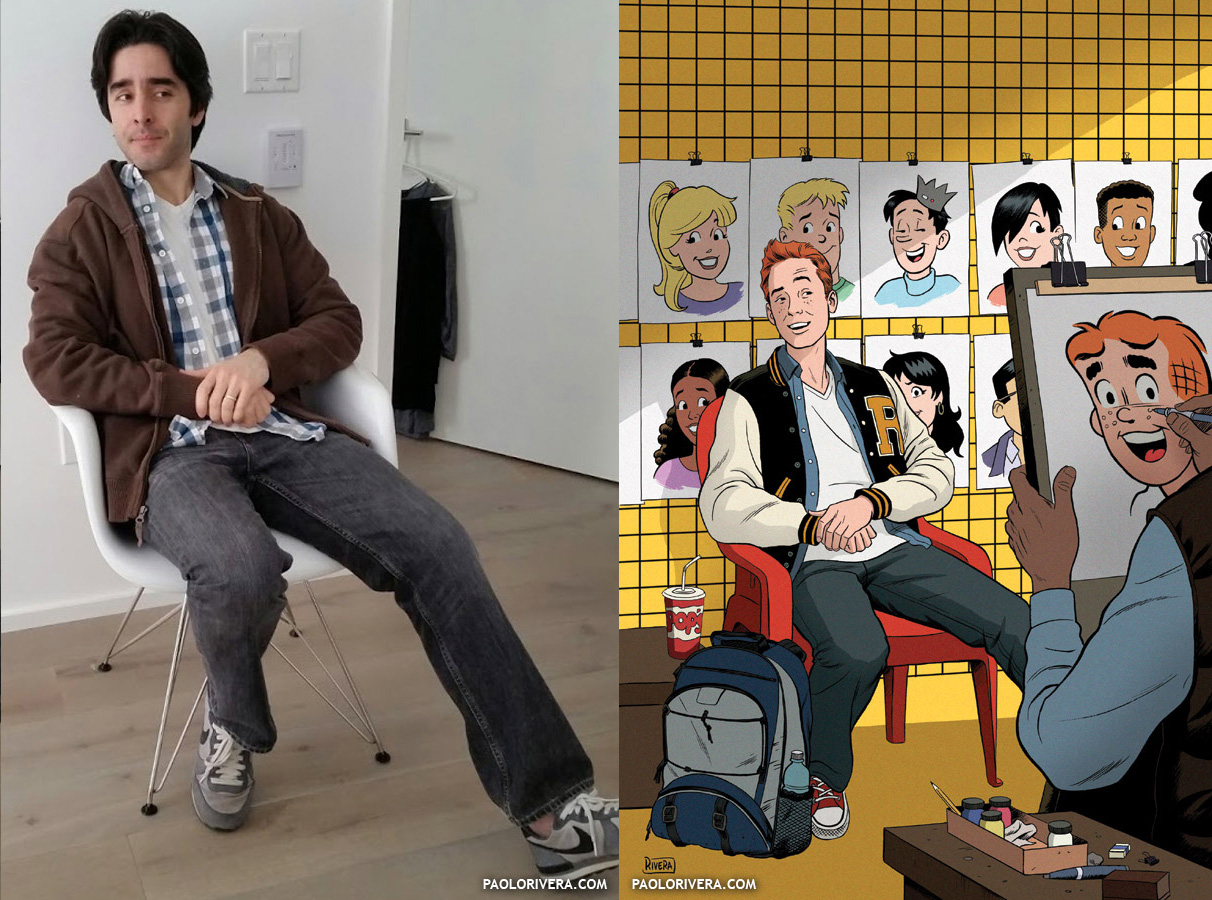 |
| Paolo Rivera |
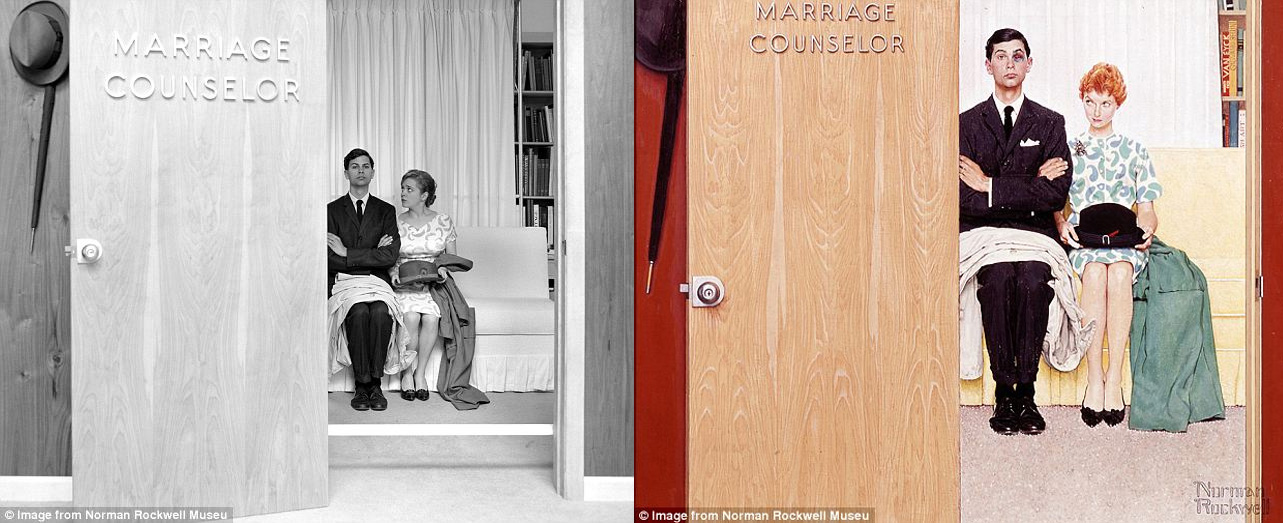 |
| Norman Rockwell |
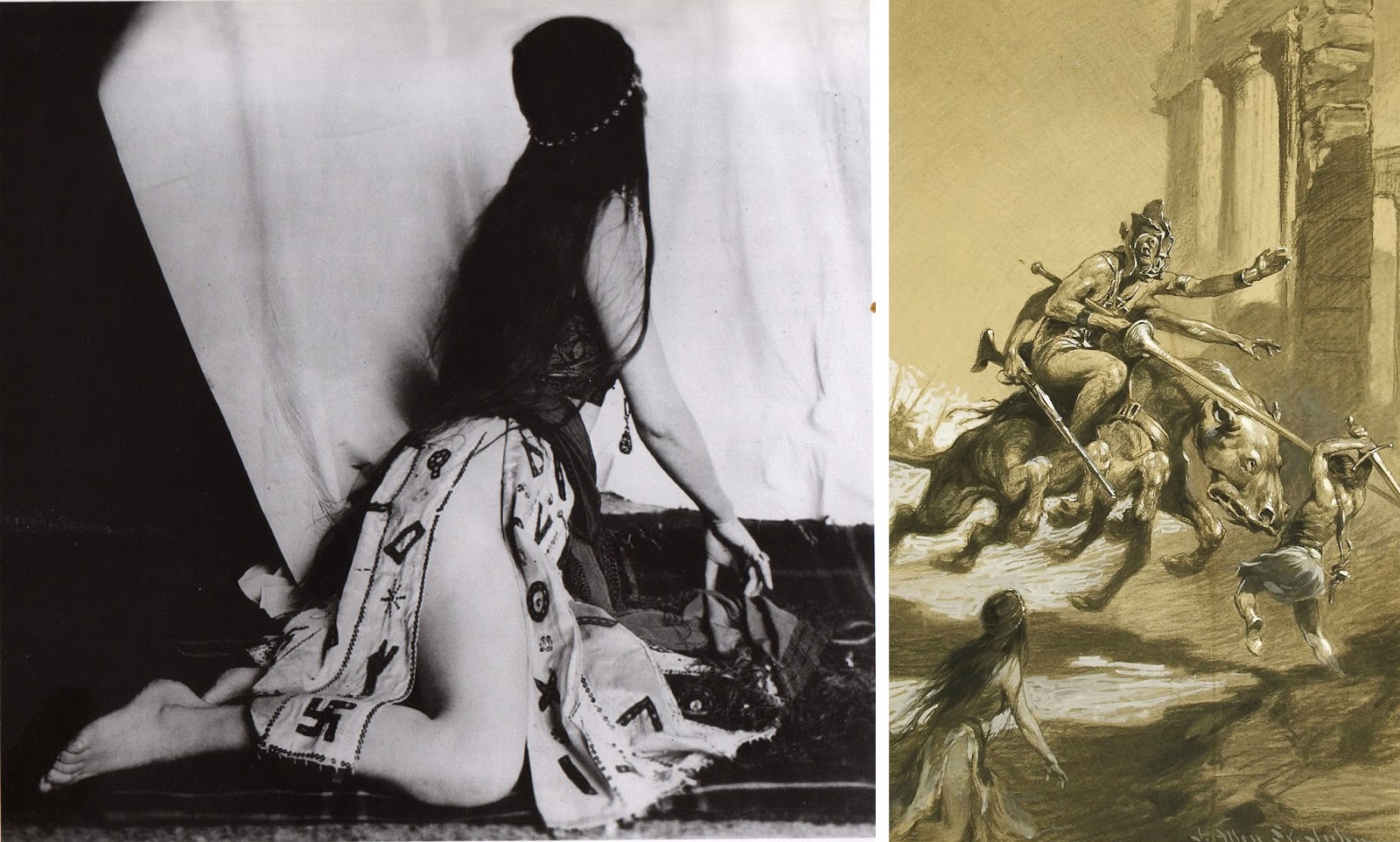 |
| J. Allen St. John |
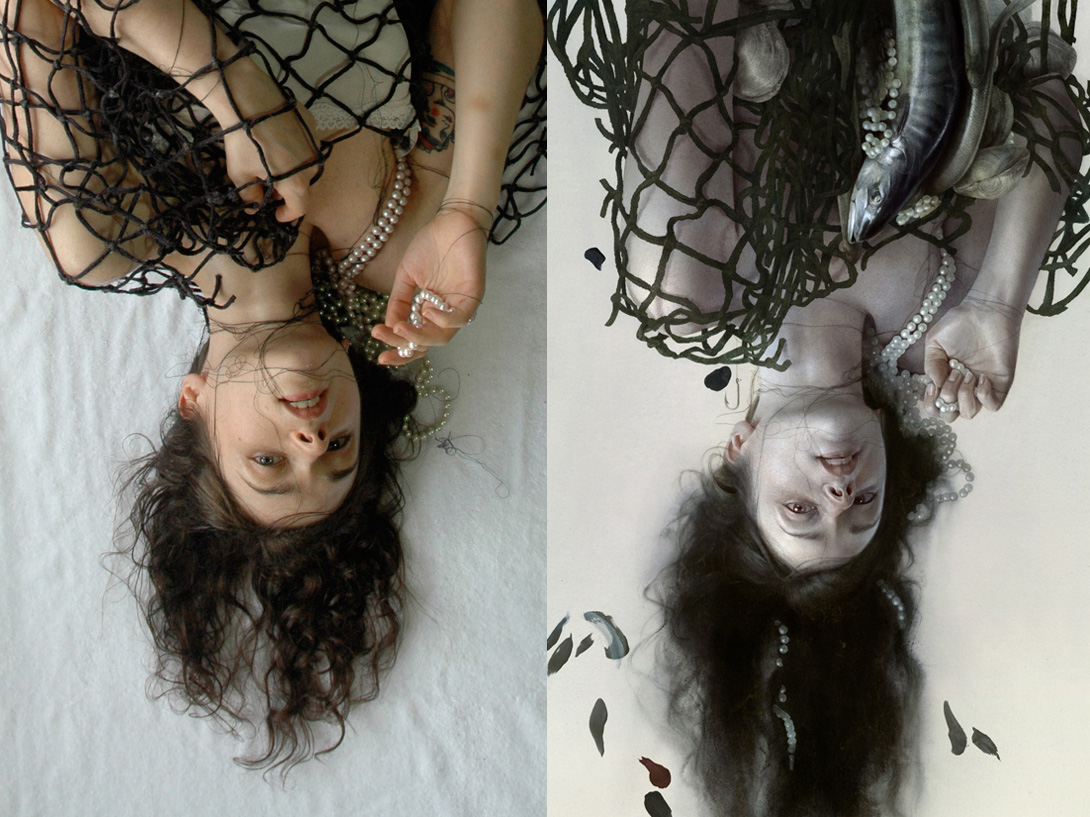 |
| Sam Weber |


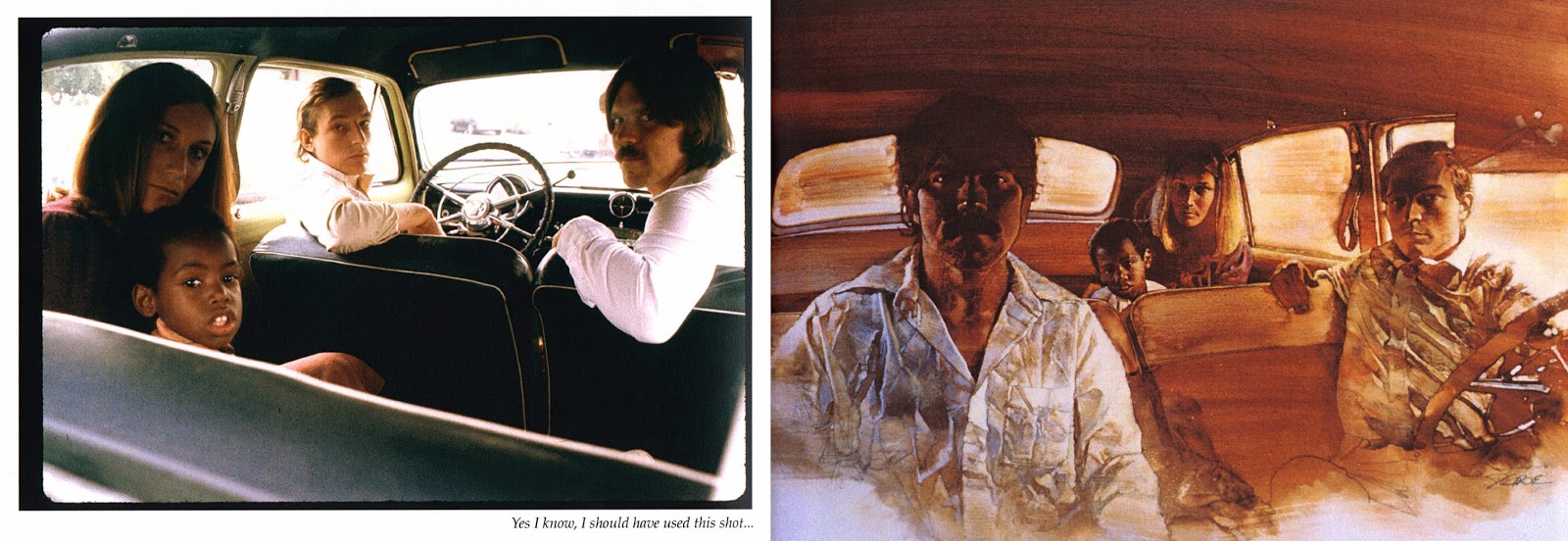

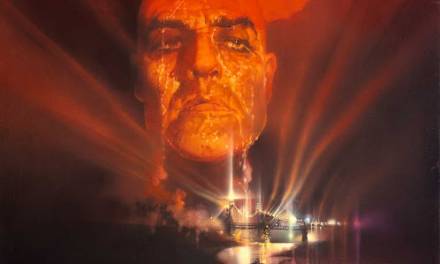
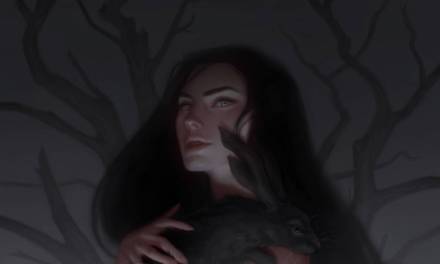
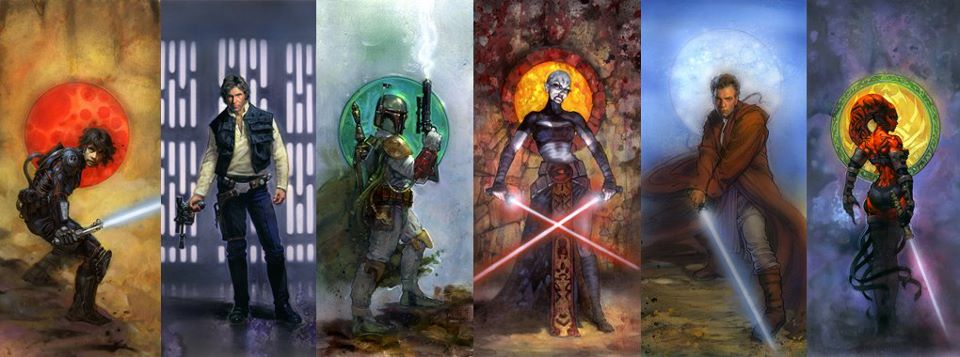
I heart this post so hard!
I loved this post so much I put up my reference photoshoot picture for “Hercules” up on facebook. I can't figure out how to upload it or link it here but just wanted to say thanks for the inspiration 😉
I loved this post so much I put up my reference photoshoot picture for “Hercules” up on facebook. I can't figure out how to upload it or link it here but just wanted to say thanks for the inspiration 😉
thankyou
And probably worth mentioning that some of these greats went beyond merely consulting photo reference and used a projector to transfer them to the working surface and trace them before modifying them, to whatever extent, to suit their purposes. To speak just of those no longer with us, Parrish and Rockwell come immediately to mind . . .
😀 I was raising this point on fb this week actually! 😀 Awesome to see some great examples here! <3
Actually rereading your intro 😛 I'm fairly sure it my post you are talking about 😛 because it blew up so much XD.
Wonderful post! Thank you for sharing.
Which is the photograph and which one is not? just kidding, kudos for a great post,
I've done work with multiple photo reference and one photo reference and pieces of photographs, and it's great to do work from life, but Mother Teresa died and I love doing work about her
Jean Giraud has used photo references as well.
The model who posed for Robert Maguire also posed for John Schoenherr (my father). Does anyone know her name? http://johnschoenherr.blogspot.com/2011/06/pulp-fiction-trapped.html
I don't know her name, Ian, but I feel like I've seen her face in a LOT of other artist's work from that era. I'd be tempted to ask one of the illustration old-timers, like Ed Vebell, or maybe a NY photographer that worked with them, like Michael LaGrue (sp?).
I attended a painting conference several years ago where it seemed that the major theme was how important it is that all painting is done from life. Listening to these older masters speak, it occurred to me that these were the men who had been working artists when photography began to seem as if it might be a threat to a painter's livelihood and that these men established the objections to photo reference out of fear and mistrust. Thanks for this terrific post!
No Alex Ross?
Brilliant post, thank you for this!
I know there are some out there, but I didn't happen to have a ref/final for Alex Ross. Please share a link if you have one!
That was the post!
Hey, is that Michael Whelan posing for Mucha? He never gets old. Sorry Michael. Great post Dave.
Yep, he immediately came to my mind! Some photos in a great post here: http://sirspamdalot.livejournal.com/87692.html
my post was apparently lost so I'll try it one more time 🙂
I don't have problem with photorefs. I'm also using them. What I actually don't like and don't get are those “photocopies” + you know those EXACT copies of photos you can find everywhere on FB and Instagram. To be honest pretty much anybody can do that. You just need grid and A LOT of spare time and patience. Examples you posted above are different story though and great examples how it actually should be done. It looks awesome, realistic and done with skill and invetion. 🙂
I'm actually more bothered by the procuring of another's overall style/finished line than the use of a photograph or the layout of another.
Bob Maguire and James Bama both studied with Frank Reilly, who really seems to have taught his students how to shoot the best reference photos. Much to learn from them and the rest of your examples.
Great post. Here's something Jeff Jones writes about the use of photography:
I had, whatever Art education I did, based in Art History and hanging out in
the Metropolitan Museum of Art in NYC. Every day I would walk across
Central Park to the Museum (it was free entry in the '60s) and look for
hours at Artists' works whos' view of the world seemed similar to my own. I
was inspired! I would then walk back across the park and during the
afternoon try to paint what I had seen. This went on almost daily for
years.
In almost all cases, up until German Abstract Expressionism (and even some
of that), the Artist had worked from a model, from the land, the sea or from
a photograph (starting around the 1850's). From my Art History courses I
learned that certainly both Rembrandt, in his later years and Vermeer (who
both knew their fellow countryman Leeuwenhoek and his experiments with early
lenses) projected images of their models onto their canvases upside-down–a
complicated process of darkenen rooms, windows and blackened drapery, holes
and lenses. Vermeer even went so far as to paint into his works the
out-of-focus highlights that only projection and, later, photography
emphasizes.
So when I naively entered the world of comics and illustration as a
professional in New York, around 1967, it became confusingly clear, that out
of all the myriad fields art can appear in, it was only in “Comics” that
artists took some kind of “pride” in “making it all up” and denying the use
of any reference whatever even at the cost of their souls. This highly
defensive attitude seemed to come from the fact that a lot of comic book
artists, from as far back as the '30s, unable to fulfill their dreams to
become illustrators, would sit around and amongst themselves say, “Well, at
least I don't have draw from a photograph.” This, of course, has no bearing
in what used to be called “funny animal” or “bigfoot” comics.
I understand that most comics, especially superhero comics are based on
archetypes and not reality so the “making it up” could give some kind of
satisfying “formula” to the work, i.e., all legs are drawn the same way by a
particular artist (some just bigger or smaller). This abstraction from
reality is part of the charm of comics. We all know that in reality
everyones leg is slightly different. This is part of the challenge and
discovery and joy of drawing from reality.
But what I never quite understood was why the artists who drew
“realistically” would deny using reference and kick photos under the bed
when an unexpected guest would show up at the door. I can only conclude
defensiveness.
Jeff
More from Jeff when I interviewed him for the sketchbook:
I remember going to a convention years and years ago and Jeff was on the same flight. I had personally been struggling with the use of photo reference because I was feeling trapped by it. So I had begun to draw more out of my head. I mentioned this to Jeff and he asked me why. I told him about the struggle and feeling trapped. He said, “My work looks the way it looks because I use photo reference. I want the information, even if I don't actually use all of it. Your work looks the way it looks because you use photo reference too. There's nothing wrong with that.”
In my interview with Jeff for the Sketchbook of his I edited and designed for Vanguard Publishing way back, we talked a bit about photography:
P: Id like to discuss your use of video capture as source material. When you shoot film, it really captures a lot of detail, but whit a digital camera, there's less. It demands you interpret more.
J: When I was shooting black and white film in the early 70's, I found it very difficult to work from good photographs. I much preferred Matthew Brady, or that kind of stuff. I tried to reinvent the camera, but the bad camera. I tried by putting pinholes in boxes and all that. I wanted to figure out how to take bad photographs. I had a Nikon that took excellent pictures, so I developed a bad darkroom technique, which was almost as good as a bad photo. I would jerk it out of the hypo and it would start to fade on me, it would be all spotty, I would overexpose, it would be great. It would give my imagination more to play with. All I needed as a foundation of proportions, of how the light fell across something. I didn't want to see the fingernails or the bone on the elbow — I wanted to find it myself. It's also difficult to work from a color photograph. I never shot in color. It really screws me up. It's so easy to become a slave to something that's already done for you. I tried to objectify, or abstract that experience in a bad photo, or a bad digital camera photo.
P: It seems to me that your paintings have become more suggestive since you started using the video camera because you're inventing more, rather than getting it from the reference. Less is more.
J: It's certainly something to do with the reference. I've always developed that open technique to try and do that, too. I've always tried to simplify. I'm learning now more how to simplify. It's been a quest of what not to put in the picture. As time goes on, the clearer that becomes to me.
Thank you, George!!!
Is there a distinction between fine art and illustration that disallows you to use photo reference? That is it's acceptable to use photo reference in illustration, but in fine art you must draw/paint from life….such as http://www.artrenewal.org/ that generally emphasizes the importance of drawing from life as opposed to photos.
However, there are artists such as Zdzisław Beksiński that do go into the depths of the imagination that do not seem to be relying on photo reference, or even life as we know it:
https://www.youtube.com/watch?v=FwO0k_OKhQI
I do admit I felt somehow feeling let down when I first saw this:
https://www.youtube.com/watch?v=FoYDoh-o48Q
Art teachers will often give you the expectation that it should flow naturally out of you, and projectors and photo reference should be treated with disdain. Conflicting and unrealistic expectations often infuse unnecessary anxiety.
Part of the challenge of working with photos is that you have to be able to set up the photo in the first place. If the final rendering is of a guy sitting in a chair, that's not much of a challenge. But if you are drawing someone flying out of an exploding plane, or in the middle of a large brawl, or something really dynamic, it can be very difficult to get the photograph or anything approximating it. This is why having an animator's understanding of motion, and Hogarth's understanding of anatomy can be really beneficial for an artist who is doing work along the lines of comics. Peak action is hard to capture in a photo. Maybe working from video clips would be better for some of these situations, so you can scrub through to the perfect peak action shot. In any case, using reference seems totally practical in most cases, if the images are available.
I
great post¡¡alguien know more directions and books where you can see more photos of reference used by artists for their drawings Illustrations .thanks paintings, greetings
Hey, I know this is an older post but I saw it linked recently. I wanted to point out that you’ve chosen almost entirely artists who work in a mostly realistic style. Since that this is a topic that comes up a lot with pros or teachers complaining about newbie comic and anime artists not using references, I would love to see similar post showing how artists who do semi-realistic art, line focused art, comics and animation also use reference.
@Meredith: This post isn’t exactly what you’re describing, but it does have a lot of additional examples, many of which are less photo-realistic: https://www.muddycolors.com/2014/01/artist-selfies-everybodys-doing-it/
These are wonderful! Thank you so much for posting this. Reference photos are incredibly helpful for an artist – life drawing is too, but photos of models (human or built creatures and architecture) will give you even more information – especially how the light really is working – and your art is the better for it.
J.C. Leyendecker is spinning in his grave.
Also just seeing this post for the first time.. As a now “older” illustrator and use the methods of gathering reference/ taking photos of models & props with proper lighting & costumes I am astonished and wonder at how these concept artist of today work! Like Goodbrush/ Craig Mullens. Does he take reference photos of models at various angles and light settings? I was just looking at the concept work for the newish Junglebook movie. Did they go and shoot tons of reference photos of Jungle vegetation? Sculpt little maquetts of tigers and bears and orangutans. Observe animals in their environment all before applying stylus to tablet?? I feel antiquated with my picture making methods.
This shows how highly skilled these artists are as their drawings are far superior to the photos. This is something for the rest of us to strive for.